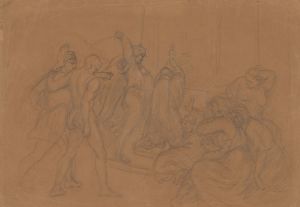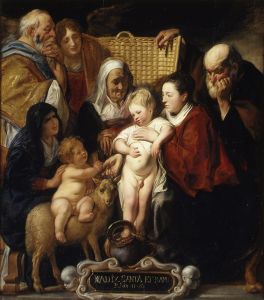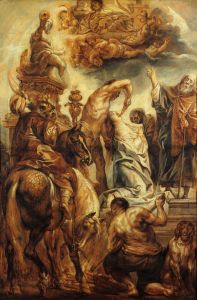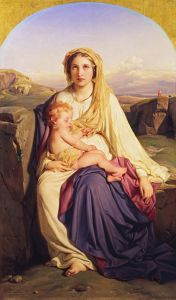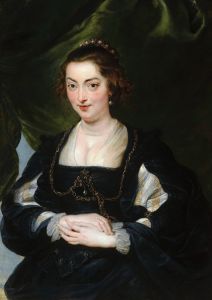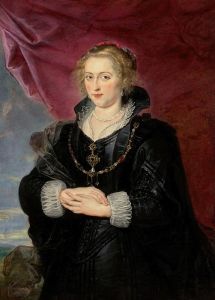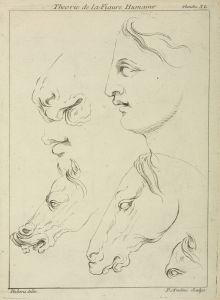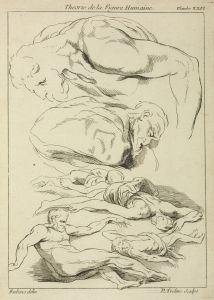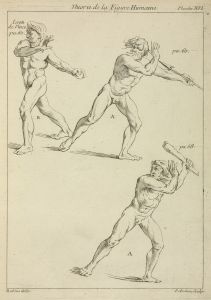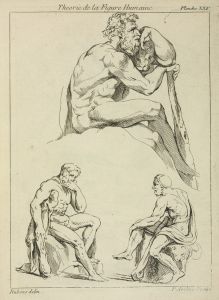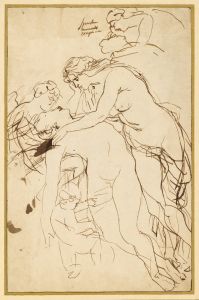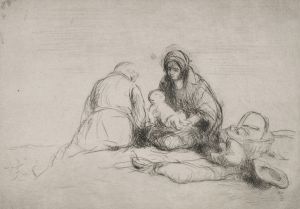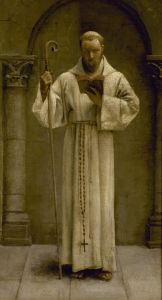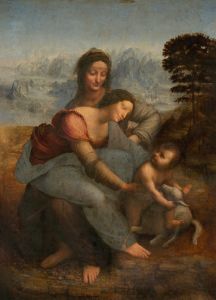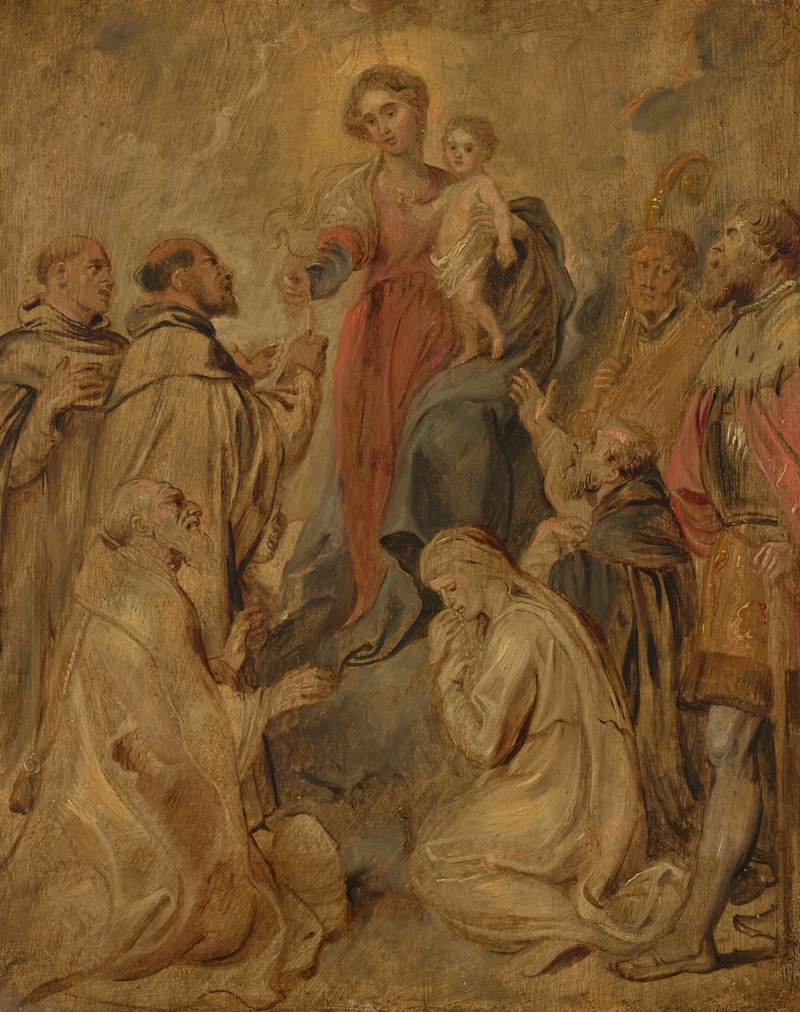
The Virgin and Child of the Rosary
A hand-painted replica of Peter Paul Rubens’s masterpiece The Virgin and Child of the Rosary, meticulously crafted by professional artists to capture the true essence of the original. Each piece is created with museum-quality canvas and rare mineral pigments, carefully painted by experienced artists with delicate brushstrokes and rich, layered colors to perfectly recreate the texture of the original artwork. Unlike machine-printed reproductions, this hand-painted version brings the painting to life, infused with the artist’s emotions and skill in every stroke. Whether for personal collection or home decoration, it instantly elevates the artistic atmosphere of any space.
Peter Paul Rubens, a prominent Flemish Baroque painter, is renowned for his vibrant and dynamic compositions, often infused with religious and mythological themes. One of his notable works is "The Virgin and Child of the Rosary," a painting that exemplifies his mastery in depicting religious subjects with emotional depth and vivid detail.
"The Virgin and Child of the Rosary" is a significant work that reflects Rubens' deep engagement with Catholic iconography, a common theme in his oeuvre, especially during the Counter-Reformation period. This painting is believed to have been created in the early 17th century, a time when Rubens was actively producing works that supported the Catholic Church's efforts to reaffirm its doctrines through art.
In this painting, Rubens presents the Virgin Mary holding the Christ Child, a common motif in Christian art that symbolizes purity, divine love, and maternal care. The inclusion of the rosary in the title and possibly within the composition itself highlights the importance of the rosary as a devotional tool in Catholic practice. The rosary, a string of beads used for counting prayers, particularly the Hail Marys, is associated with meditative prayer and reflection on the life of Christ and the Virgin Mary.
Rubens' depiction of the Virgin and Child is characterized by his use of rich, warm colors and dynamic composition, which are hallmarks of his style. His ability to convey texture and light adds a sense of realism and immediacy to the figures, inviting viewers to engage with the spiritual narrative on a personal level. The figures are often portrayed with a sense of movement and vitality, reflecting Rubens' skill in capturing human emotion and divine presence.
The painting likely served both a devotional and didactic purpose, aiming to inspire piety and reinforce the teachings of the Catholic Church. During the Counter-Reformation, art was a powerful tool for the Church to communicate its messages and connect with the faithful. Rubens, with his profound understanding of religious themes and his ability to translate them into compelling visual narratives, was a key figure in this artistic movement.
While specific details about the commission or the original location of "The Virgin and Child of the Rosary" are not extensively documented, Rubens' works were often commissioned by churches, religious institutions, and private patrons who sought to express their faith and devotion through art. His paintings were not only admired for their aesthetic qualities but also for their ability to convey complex theological concepts in an accessible and engaging manner.
Overall, "The Virgin and Child of the Rosary" exemplifies Peter Paul Rubens' contribution to religious art during a pivotal period in European history. His work continues to be celebrated for its artistic excellence and its role in the broader context of Baroque art and the Catholic Reformation.





